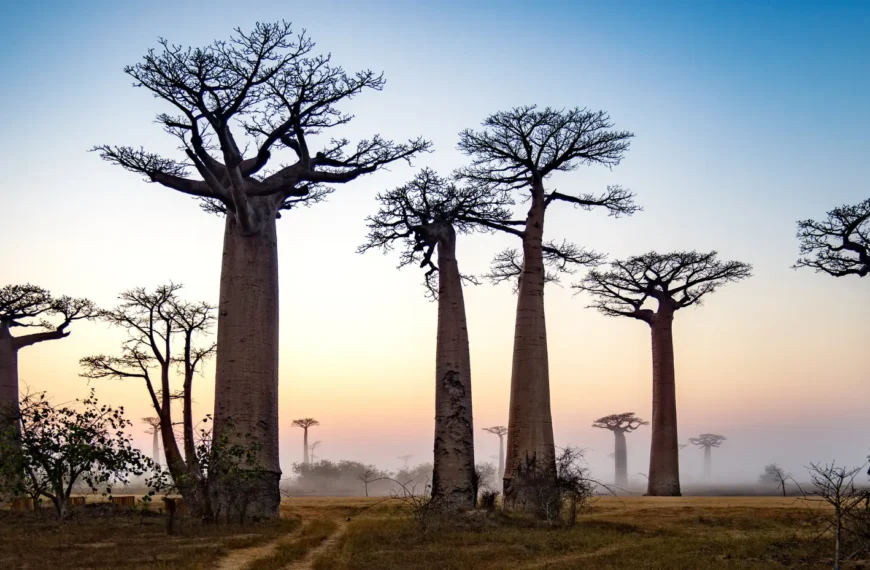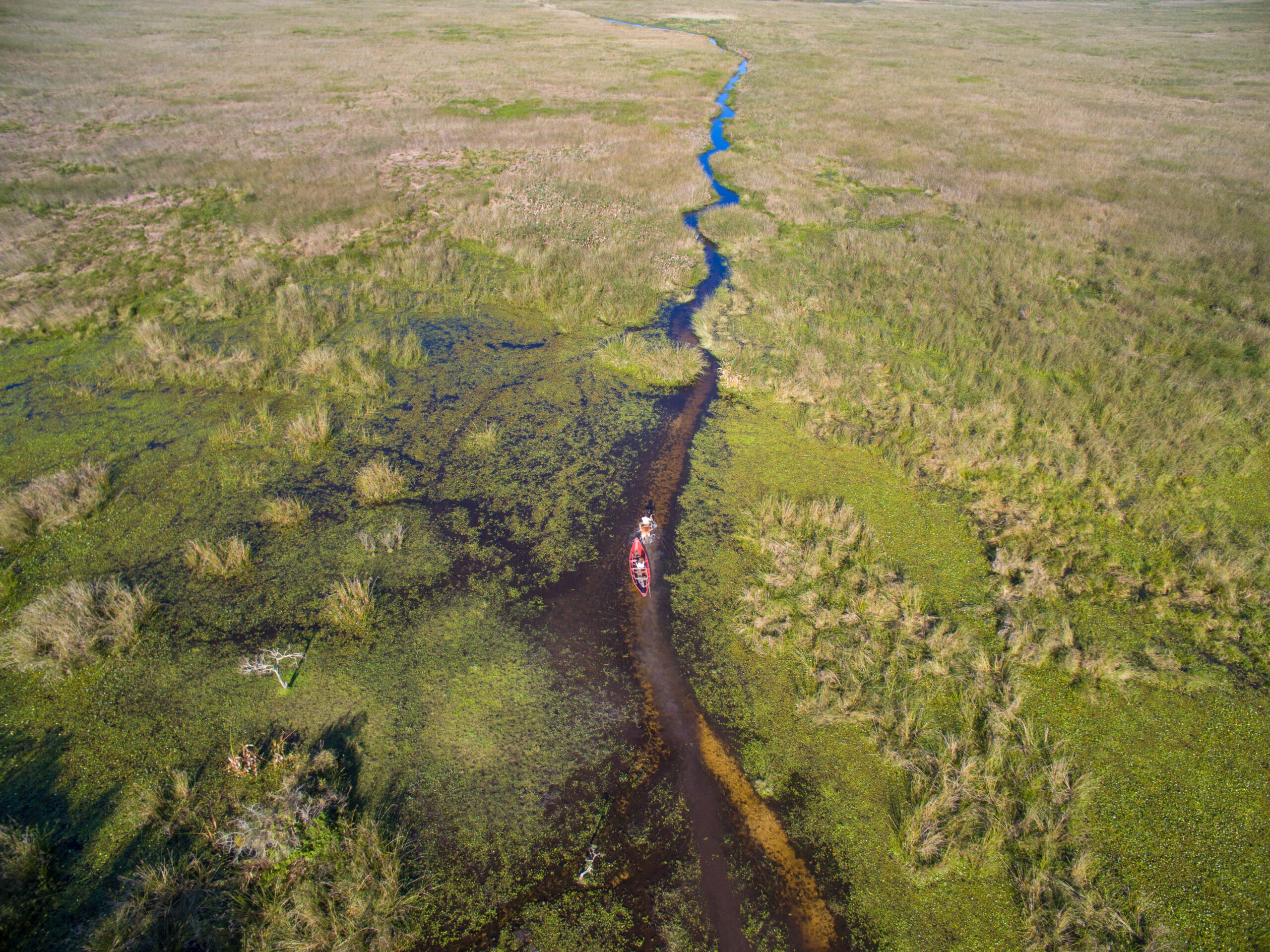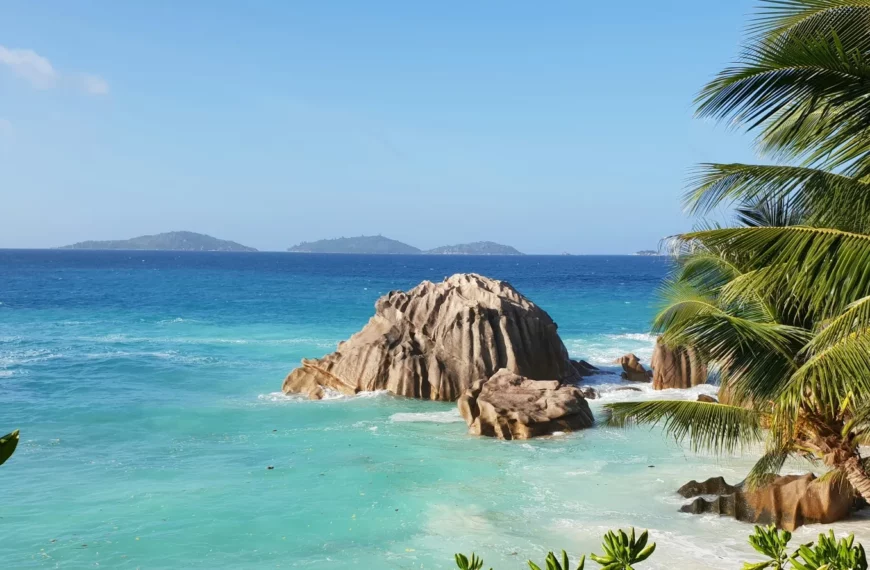The mention of Mozambique often conjures images of white-sand beaches, azure waters and the quintessential island hopping fantasy.
While the Bazaruto and Quirimbas Archipelagos deliver on this spectacular promise, to view Mozambique purely through the lens of a luxury sun-lounger is to miss the most compelling story of all: a scientific narrative of unparalleled ecological resilience and a model for conservation that places the natural world and human purpose in perfect synchronicity.
At Journeys with Purpose (JWP), we don’t just guide trips; we map expeditions into the heart of global conservation. Mozambique is not merely a destination, it’s a living laboratory of life, where coral reefs, mangrove forests and endangered species illustrate the delicate balance between humans and nature. Contact our team of conservation travel specialists to learn what an intrepid and purposeful Mozambique adventure has to offer.
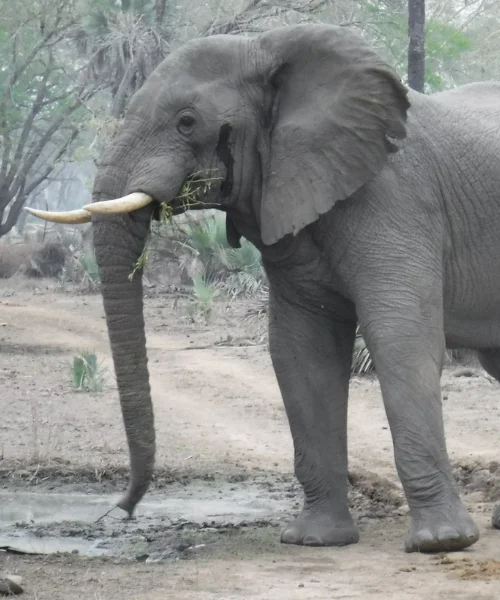
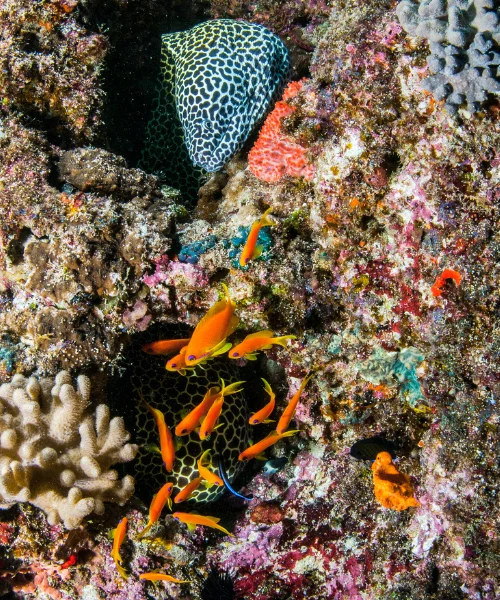
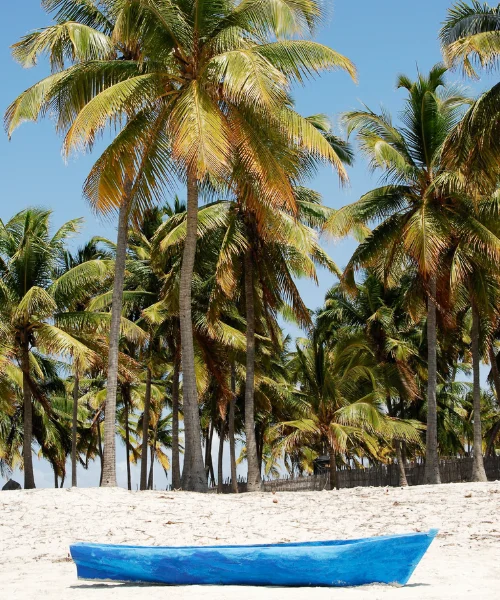
A Mozambique Travel Guide for the Conscious Explorer
For travellers seeking more than a postcard-perfect holiday, our Mozambique travel guide goes beyond the obvious.
Explore the nation’s terrestrial and marine sanctuaries, from the rolling savannahs of Gorongosa National Park, where elephants roam in vast, undisturbed herds, to the pristine coral reefs that fringe the islands. These ecosystems are not just beautiful, they are vital, underlining Mozambique’s role as a global beacon for conservation.
The appeal of this Mozambique travel guide is its combination of adventure and purpose. Here, each journey contributes to understanding and protecting the natural world, from observing wildlife in their native habitats to learning about sustainable management practices that ensure the longevity of these ecosystems.
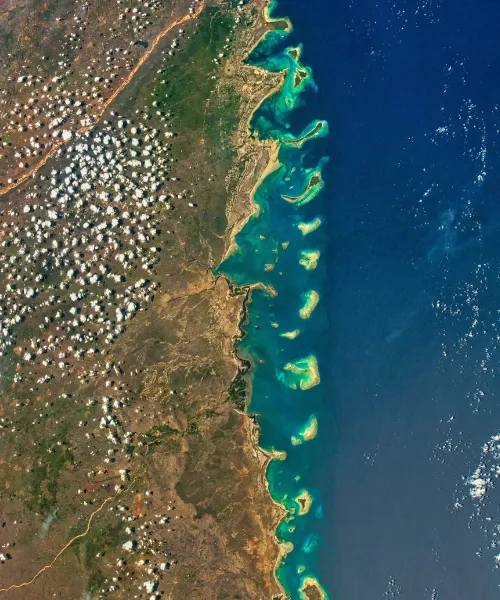
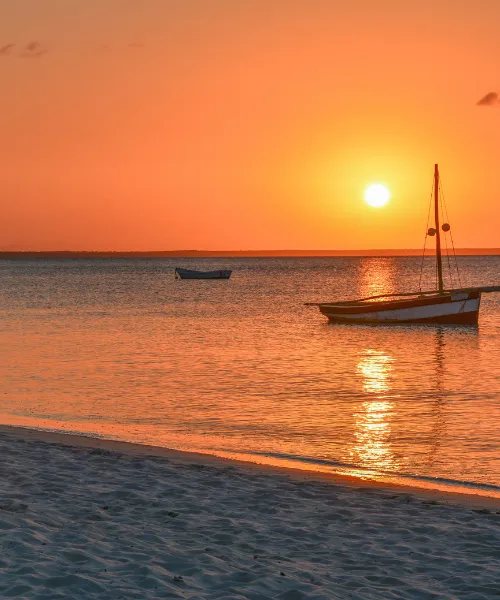
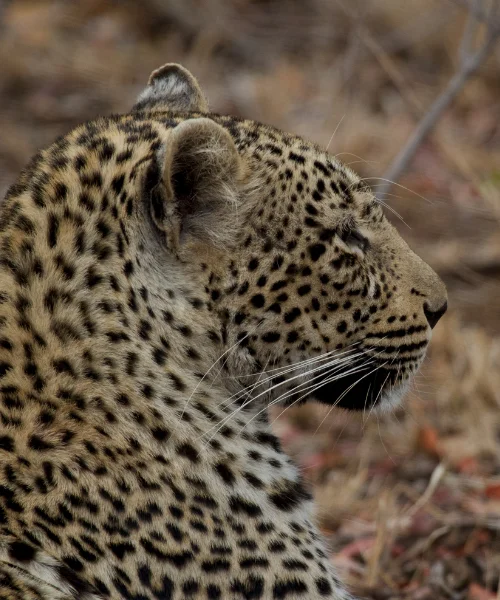
Terrestrial Wonders: Places to Go in Mozambique
When it comes to places to go in Mozambique, think beyond the beaches.
Niassa Reserve, one of Africa’s largest protected areas, is a prime example of biodiversity thriving under careful stewardship. Its forests, savannahs and wetlands are home to elephants, lions, leopards and countless bird species, providing a rare opportunity to witness wildlife in expansive, low-impact habitats.
Gorongosa National Park is another essential entry on any list of places to go in Mozambique. Its savannahs and floodplains provide an unparalleled environment for observing large mammals in vast, open spaces.
Scientific monitoring and community-supported conservation programmes ensure that these landscapes remain vibrant, offering travellers an authentic and educational wildlife experience. In turn, this creates the perfect location for those seeking unique rewilding travel experiences.
Along the coastline, seasonal migrations of humpback whales create spectacular viewing opportunities. Observing these marine giants in their natural habitat reinforces the interconnectedness of land and sea, and highlights the importance of conserving both terrestrial and marine ecosystems.
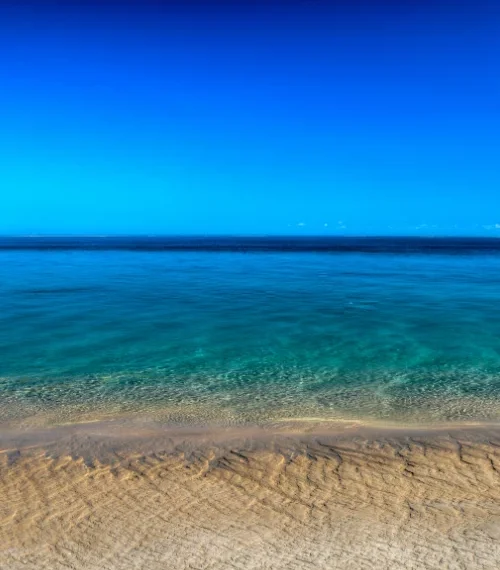
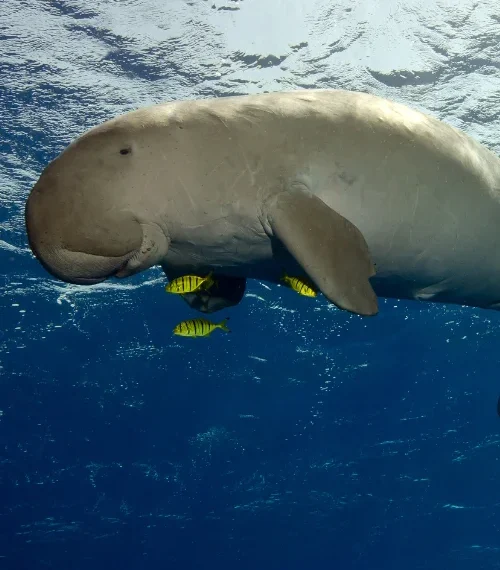
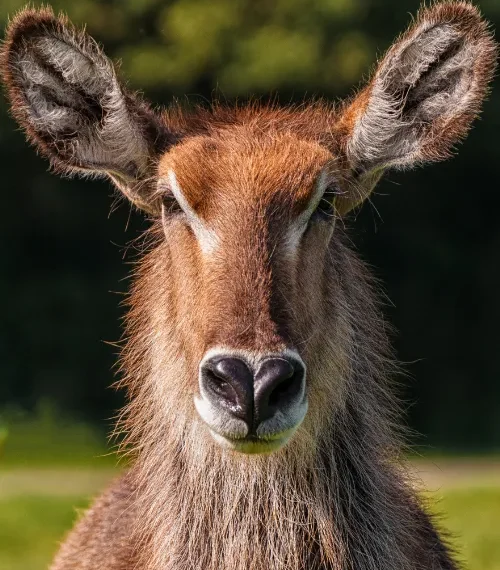
Mozambique Island Hopping: More Than a Fantasy
Of course, no journey is complete without Mozambique island hopping. But here, hopping from island to island transforms from leisure into a lesson in ecological stewardship. Each archipelago tells a story of balance and resilience:
- The Bazaruto Archipelago is home to one of the last remaining thriving dugong populations in East Africa, with an estimated 250–350 individuals representing a critical stronghold for the species. In a region where other populations have been driven close to extirpation, Bazaruto’s dugongs are both a symbol of resilience and an indicator of healthy seagrass ecosystems. Visitors exploring these turquoise waters have the rare opportunity to witness these gentle “sea cows” in their natural habitat while learning about the delicate balance that sustains marine biodiversity.
- Quirimbas Archipelago showcases some of the most diverse coral reefs in the Indian Ocean. Snorkeling or diving here is not just a visual delight; it is an educational experience in understanding the importance of coral conservation.
- Ibo Island, with its centuries-old traditions, demonstrates the harmony between human communities and the natural world. Sustainable fishing practices here offer a tangible example of how humans can live in balance with their environment.
Travelling with awareness allows visitors to appreciate these islands as living ecosystems, not just idyllic getaways. Mozambique island hopping offers an unparalleled opportunity to connect with nature while supporting conservation initiatives that preserve these fragile habitats.
Coastal and Marine Conservation
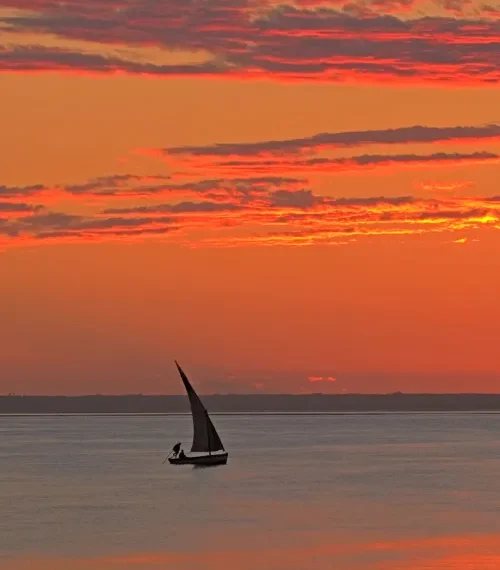
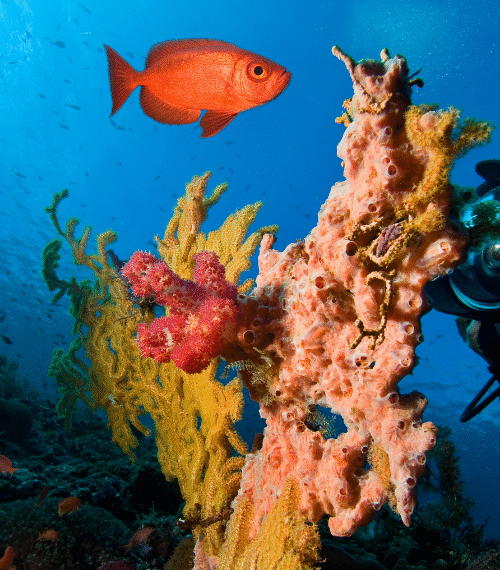
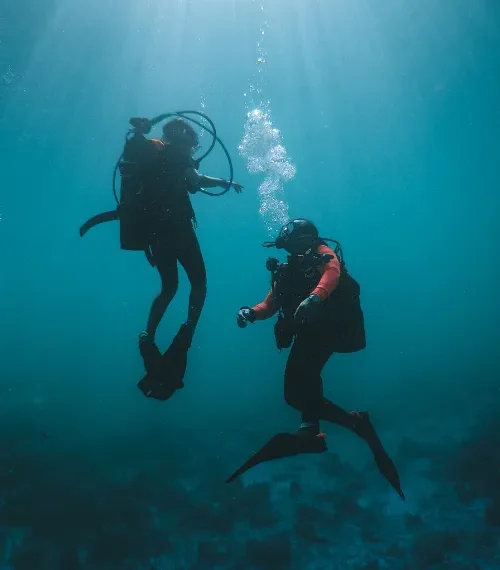
The coastal regions of Mozambique are not only scenic, they are crucial to global conservation efforts. Mangrove forests protect the shoreline from erosion, provide nurseries for countless marine species and support local communities through sustainable resource use. Coral reefs act as natural barriers against storms, while also serving as hubs for marine biodiversity.
Through JWP expeditions, travellers can participate in practical conservation efforts, such as monitoring coral health, assisting with marine species tracking or supporting community-based fisheries.
This is where our Mozambique travel guide principles transform from theory to practice, allowing visitors to engage in meaningful, hands-on conservation.
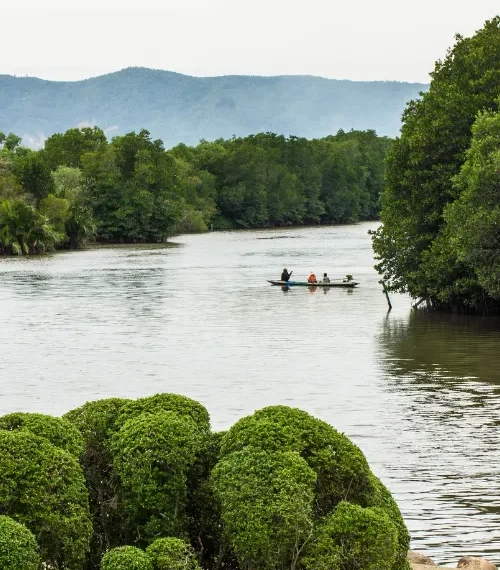
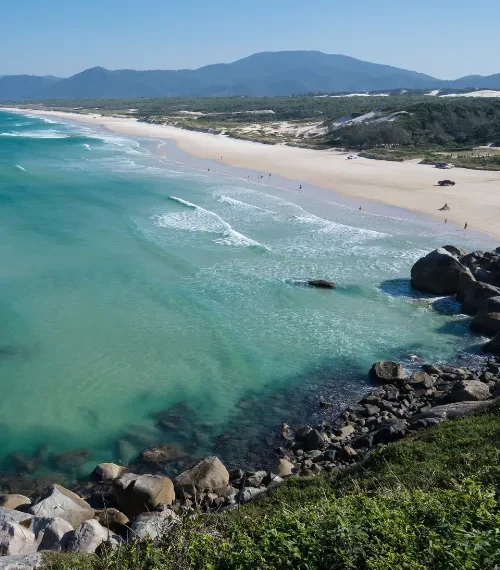
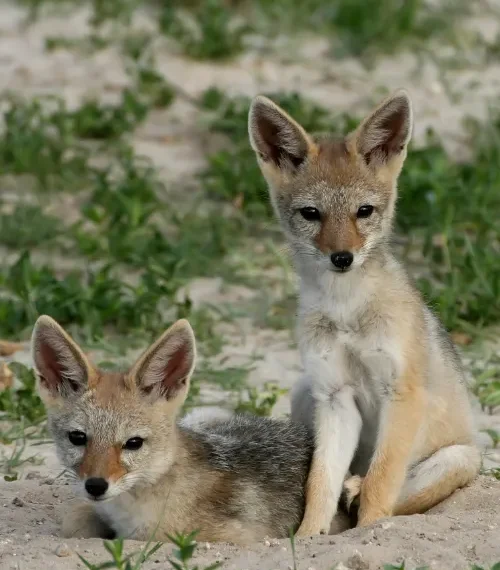
Sustainable Tourism: Engaging Communities
Mozambique invites travellers who venture off the beaten path to engage with its landscapes and communities in purposeful ways.
Sustainable tourism projects empower local communities, provide alternative livelihoods and foster long-term stewardship of natural resources. Whether assisting with wildlife monitoring, participating in habitat restoration, or learning about traditional ecological knowledge, visitors gain an understanding of the intricate relationships between humans and the environment.
By supporting these initiatives, travellers help ensure that both ecosystems and communities continue to thrive. This integration of conservation and tourism elevates Mozambique beyond conventional travel experiences, making it a destination where exploration and impact go hand in hand.
Travelling through Mozambique with purpose encourages a deeper appreciation of the natural world. Wildlife observation, coral reef exploration and Mozambique island hopping all become educational experiences, highlighting the resilience of ecosystems and the efforts needed to maintain them.
Every step taken in these landscapes contributes to their preservation. From the savannahs of Gorongosa to the remote coral reefs of the Quirimbas, visitors are reminded that humans are a part of nature, not apart from it. Respectful exploration ensures that future generations will also have the opportunity to experience Mozambique’s extraordinary biodiversity.
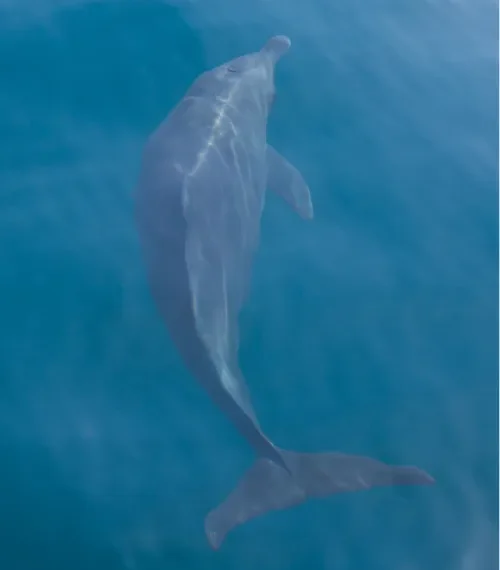
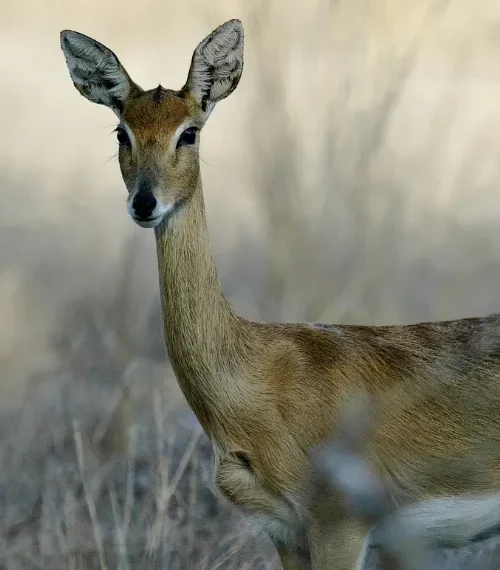
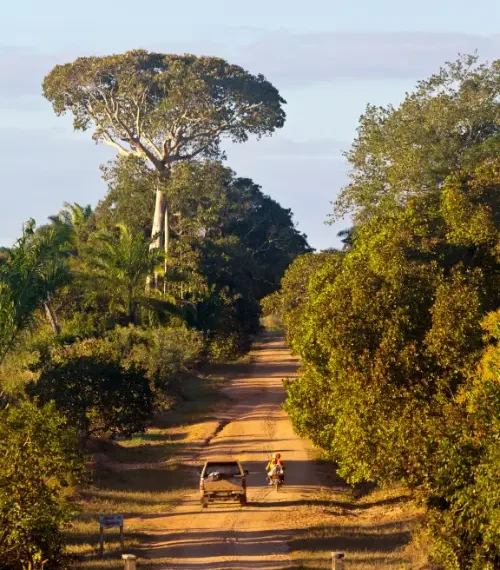
Planning Your Journey
A thoughtful approach to travel makes all the difference when it comes to seeking out the best places to go in Mozambique.
Our Mozambique travel guide recommends itineraries that balance adventure, learning and impact. Sunrise safaris, guided reef explorations and community-led tours are curated to provide both unforgettable experiences and meaningful contributions to ecological preservation.
Whether your goal is to witness elephant herds, track humpback whales, or participate in coral reef monitoring, each journey in Mozambique is designed to enrich your understanding of the natural world while supporting the conservation projects that keep these ecosystems thriving.
Mozambique is waiting, not just to be seen, but to be understood. Its beaches, islands, savannahs and reefs are more than a postcard, they are a testament to ecological resilience, human ingenuity and the enduring power of nature. Pack your curiosity, your sense of adventure and your respect for the natural world – Mozambique awaits your discovery.
Interested In Mozambique Adventure?
Ready to experience Mozambique beyond the beaches? Join Journeys With Purpose and step into a world where every adventure supports conservation. Connect with our travel specialists today via connect@journeyswithpurpose.org to start planning your journey into Mozambique’s wild heart.
